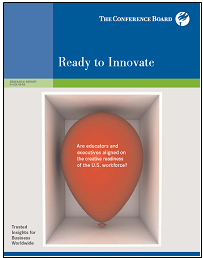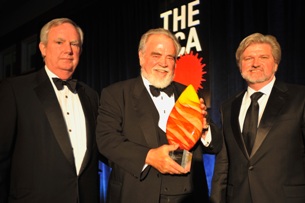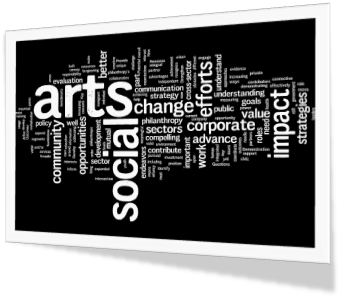
Ms. Christine Harris
The Creative Economy: A New Opportunity for the Arts
Posted by Nov 15, 2011

Ms. Christine Harris
For much of our recent history, the arts have been considered a ‘nice to have,’ a quality of life amenity that certainly helps make a difference in the community, but expendable when there are tough budget or resource choices.
We are painfully aware of being excluded as serious priority from the public funding and the arts education conversations. But, there is a new table that we can join with a strong and purposeful voice -- and that is the ‘economic development’ table.
I’m not just talking about economic impact (which many development specialists eschew), or community/quality of life, but measured, quantifiable economic development in the same manner as biotech, healthcare, or construction industries.
While many in the arts community believe that anything connecting us with the same tools to business somehow ‘taints’ our value or impact or role, the truth is -- if you are not at the economic development table these days, you are just not part of the conversation -- period -- like it or not.
But the reality today is that we can demonstrate the value of being seated at that table, perhaps for the very first time.
Read More

















































